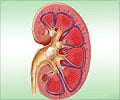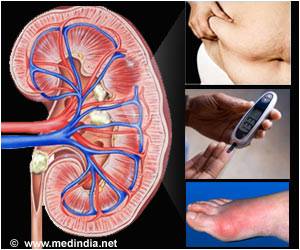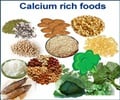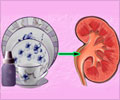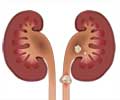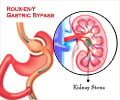A study published in the British Medical Journal indicates that kidney stones damage kidneys and are associated with End stage renal disease (ESRD). Patients with ESRD have non-functioning kidneys and require chronic dialysis or kidney transplantation.
The Canadian study evaluated data from the Alberta Kidney Disease Network database, specifically pertaining to adults aged ≥18 years who resided in Alberta between April 1997 and March 2009. Three parameters were used to quantify kidney damage: the occurrence of ESRD, the development of stage 3b–5 chronic kidney disease, and sustained doubling of serum creatinine levels from the baseline.The study found that one or more stone episodes during the follow-up period of 11 years were associated with all the three measured parameters indicating kidney damage. Younger people were at a higher risk as compared to the 50+ age group. The risk was also higher in women than in men; this result was similar to another study which showed that kidney stones are associated with ESRD in women but not in men. This may be possibly due to the difference in anatomy of the urinary system in men and women.
The researchers have suggested some possible mechanisms whereby the kidney stones can cause renal damage. Calcium kidney stones may be associated with calcification of the kidney tissues. Alternatively, the stone may obstruct and damage the kidney tubules, resulting in scarring. In addition, surgical and other treatments done to remove the stone may contribute to kidney damage.
Kidney stones can be often prevented with adequate treatment. Thus, their association with ESRD, as demonstrated in the study, re-iterates the need to institute early medications to prevent kidney stones and therefore serious renal complications.
Reference:
1. Kidney stones and kidney function loss: a cohort study; Todd Alexander et al; BMJ 2012.

